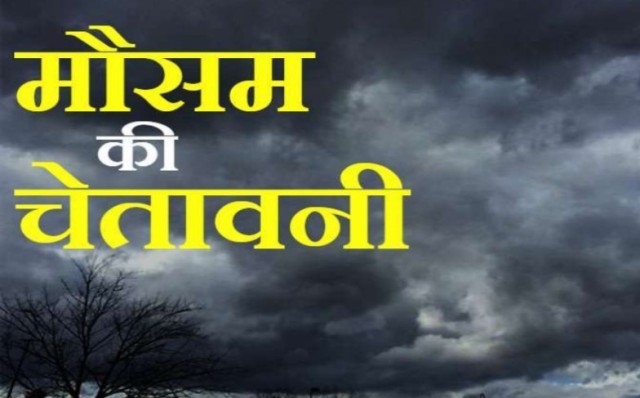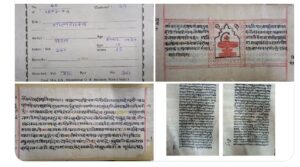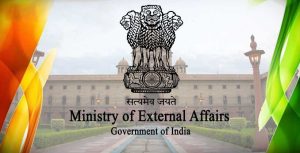New Delhi, July 9: According to the India Meteorological Department, Delhi received 153 mm of rain in 24 hours ending at 8:30 a.m. on Sunday, the most in a single July day since 1982.
The interplay of a western disturbance and monsoonal winds is causing an extreme rainfall spell throughout northwest India, including the season’s first “very heavy” rains in Delhi.
Safdarjung Observatory, the city’s major meteorological station, reported 153 mm of rainfall in 24 hours ending 8:30 a.m. on Sunday, the most since 169.9 mm on July 25, 1982, according to an IMD official.
It was the third-highest single-day rainfall for July since 1958, according to the report. On July 10, 2003, the city had 133.4 mm of rain, 126 mm on July 28, 2009, and 125.7 mm on July 8, 1993. On July 21, 1958 an all-time high of 266.2 mm was recorded.
According to IMD statistics, Delhi has seen eight “very heavy” rain occurrences (between 115.6 mm and 204.4 mm) in July since 1969.
The Met Office has issued a yellow advisory, warning of considerable rain, which might pose additional challenges for Delhi residents. Precipitation totaled 134.5 mm at Ridge, 123.4 mm at Lodhi Road, and 118 mm at Delhi University, respectively.
The Met Office classifies rainfall as “light” if it is less than 15 mm, “moderate” if it is between 15 and 64.5 mm, “heavy” if it is between 64.5 and 115.5 mm, and “very heavy” if it is between 115.6 and 204.4 mm. Rainfall of more than 204.4 mm is considered “extremely heavy.” The severe rain flooded parks, underpasses, marketplaces, and even hospital grounds, causing traffic mayhem.
Images and videos of commuters wading through knee-deep water swamped social media platforms, raising questions about the city’s drainage infrastructure’s effectiveness. Power and internet access were also disrupted in numerous regions due to strong gusts and precipitation.
Residents voiced outrage over Delhi’s “poor drainage system” as the downpour brought back familiar sights of saturated roads and lengthy lines of vehicles caught in the deluge.
Najafgarh, Barapullah, and Trans-Yamuna are the three primary drainage basins of Delhi.
Stormwater on the eastern side of the central ridge runs directly into the Yamuna after rains. Smaller drains on the western side converge into the Najafgarh drain, which finally pours into the river.
The eastern outskirts of Delhi are low-lying and were once part of the Yamuna floodplain. The current stormwater drainage system in Delhi is prone to congestion, which is mostly caused by garbage and sewage, resulting in slow water movement.
Annual flooding occurs in several regions of Delhi due to reasons such as excessive concrete constructions, the disappearance of water bodies, encroachments on stormwater drains, and the discharge of untreated sewage and trash.
According to the local government’s state action plan for climate change, the management of the drainage system involves many entities, further aggravating the matter. The latest drainage master plan for Delhi was developed in 1976, when the city’s population was around 6 million people.
The government has ordered IIT Delhi to create a new “Drainage Master Plan for the National Capital Territory of Delhi.” The institution delivered its final report in 2018, but the government’s technical panel rejected it due to “data discrepancies.” Later, the government entrusted PWD, which administers the majority of Delhi’s storm run-off system (2,064 km out of a total of 3,741 km), with developing a new plan.
According to authorities, Delhi’s antiquated drainage system can barely manage 50 mm of rain in 24 hours.
PWD detected 165 waterlogging areas in April, including five hotspots: New Rohtak Road, under the Zakira Nagar flyover, the Loni Road roundabout near the Jahangirpuri Metro Station, and the Karala Kanjhawala Road.
The PWD’s central control room also monitors high-risk water-logging locations with 24-hour CCTV surveillance.





